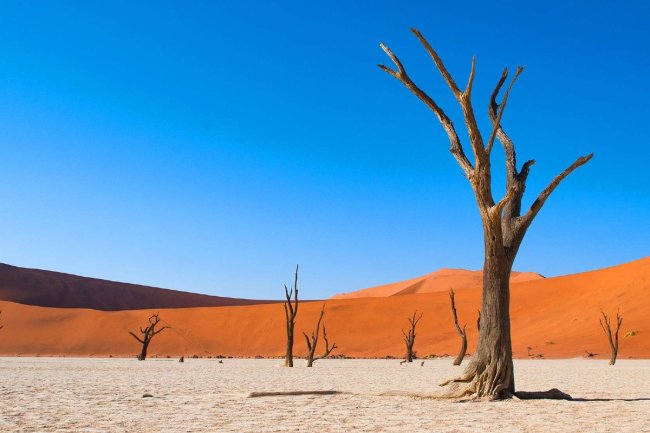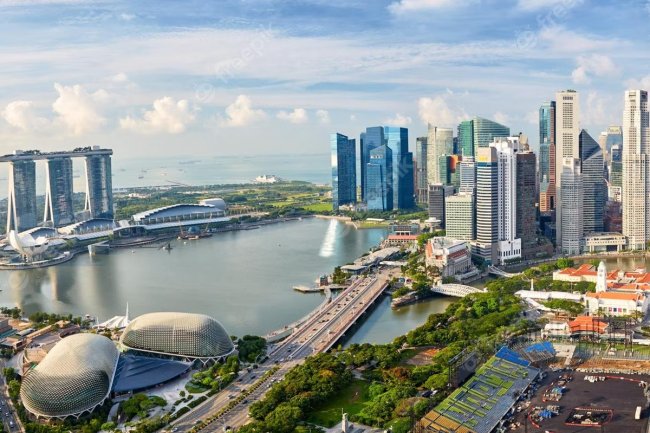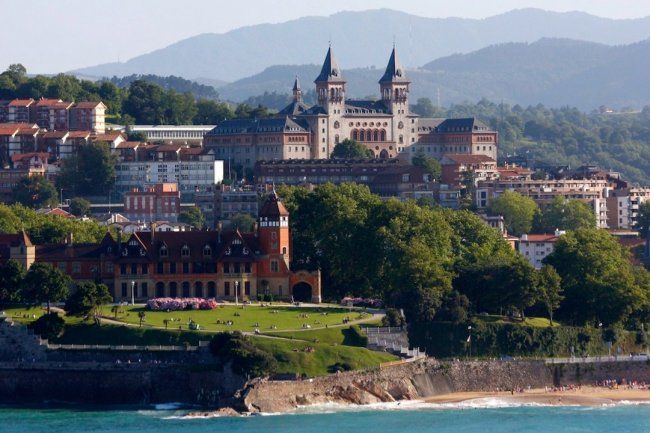Non-tourist places in Egypt
Explore Egypt on your own
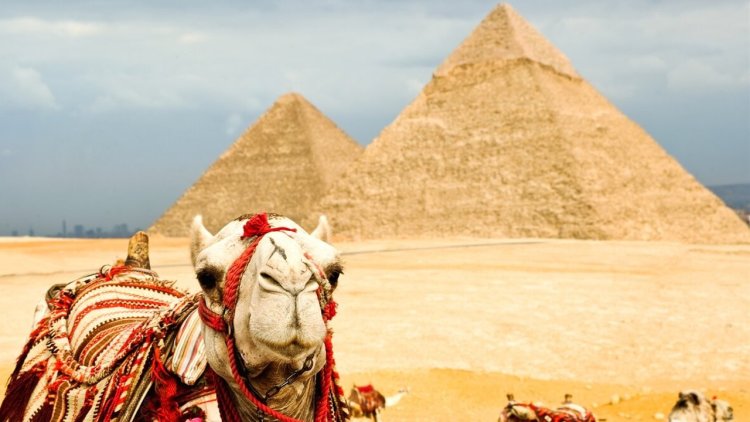
In order to immerse yourself in the authentic atmosphere of Egypt, it is best to organize an independent trip to this country. This way, you can plan a route that includes unique places that do not appear in standard guidebooks, and avoid crowds of tourists at well-worn attractions. The tourism potential of the ancient state is much wider than just visiting the Egyptian Museum in Cairo, the pyramids in Giza or diving in the Red Sea. There is a huge variety of other amazingly beautiful and unique places here, which we will tell you about here.
Colored Canyon
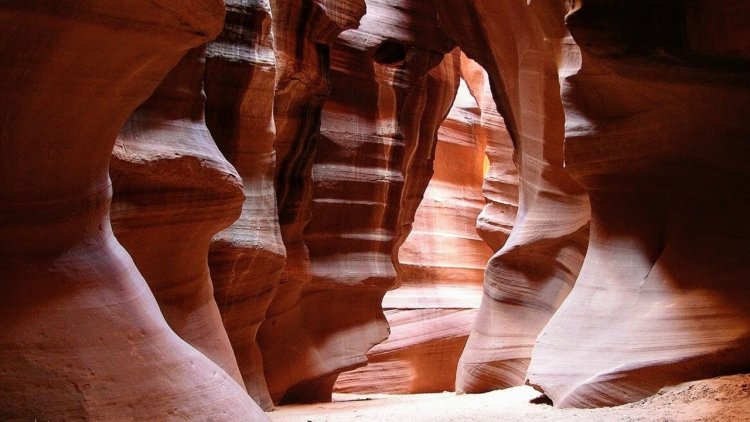
One of the interesting options for an active holiday in Egypt is a trip to the Colored Canyon, which is located near the resort town of Nuweiba in the east of the Sinai Peninsula. The canyon got its name from the colorful rock formations, consisting mainly of sandstone, where you can see shades from white to red, as well as inclusions of granite, copper and ancient remains of coral.
The Colored Canyon was formed several thousand years ago as a result of a strong earthquake, and its current appearance was obtained due to the effects of rain and wind over many, many years. Natural forces have given the rocks various shapes and shades, reminiscent of the landscapes of Mars. The canyon has impressive dimensions - about 5 km in length and up to 30 m in height.
To visit this place, it is recommended to have a guide who will help you find the most interesting places, such as dinosaur prints, unusual paintings on the rocks and the legendary “throne”, where, according to legend, Queen Cleopatra rested.
Oasis of Dakhla and medieval el-Qasr
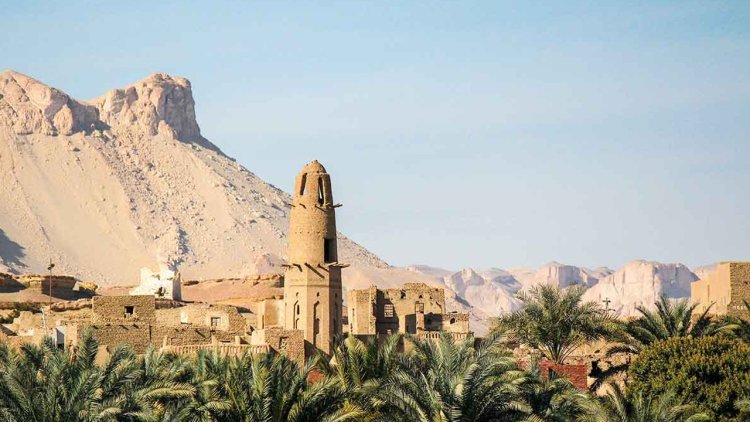
The Dakhla oasis, located in the heart of the Libyan desert 800 km from Cairo, is considered a real pearl. This amazing corner attracts the attention of tourists not only with its green gardens and hot springs, but also with the Muslim city of El Qasr, which has retained its authenticity since the 11th century. Within its walls you can see ancient clay mosques, small palaces, labyrinths of narrow streets and even catacombs.
The inhabitants of the old city still live in mud houses with wooden windows, and there are guest houses for tourists. El-Qasr is reminiscent of Khiva in Uzbekistan, but with an Arabic flavor.
Wadi El Gimal National Park
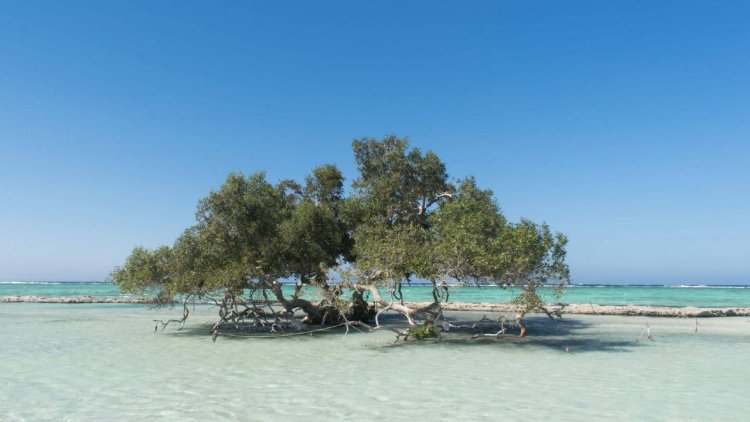
This part of Egypt is also known as the Valley of the Camels, where these animals live in large numbers in natural conditions. Located in southern Egypt 40 km from Marsa Alam, the park stretches along the Red Sea coast for 60 km and is surrounded by mangrove forests and palm groves, creating the atmosphere of a tropical island.
A visit to Wadi El Gimal not only allows you to see camels and green oases, but also introduces you to rare species of animals and birds such as Dorcas gazelles, ospreys, white sea gulls, and wild African ibex and sheep. The park also offers excursions to architectural monuments, including pharaonic rock temples and Roman ruins, as well as diving opportunities at coral reefs where sharks, turtles and dugongs can be spotted.
Aswan
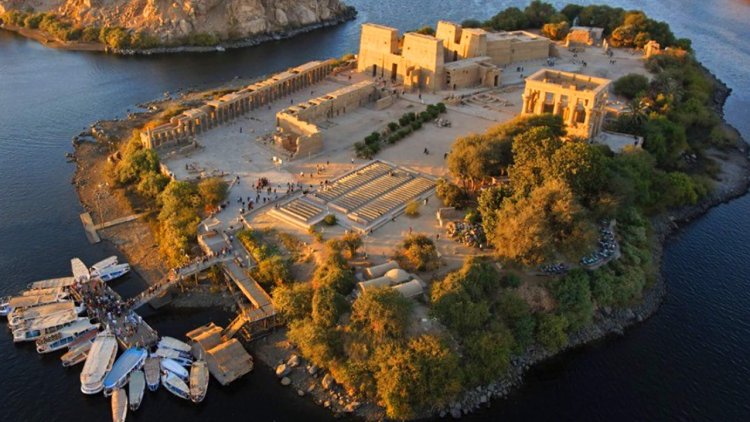
Aswan, a small city in the south 680 km from Cairo, is a key stopping point for travelers along the Nile River. A must-visit place is the Nubian Museum, where the valuables that were saved before the flooding of Ancient Nubia are stored. The exhibition includes funeral masks, samples of ritual painting, precious amulets, sarcophagi and the remains of ancient frescoes.
Another significant attraction in Aswan are the tombs of the pharaohs on the high slopes of the left bank of the Nile. Carved into the rocks at different levels, they are decorated with ancient paintings, hieroglyphs and picturesque panels depicting scenes from everyday life. The interior of the tombs includes a vestibule, a hall of columns and corridors leading to the burial chambers.

In the vicinity of Aswan it is worth going on an island hopping trip. On the city embankment you can rent a motor boat or join a boat excursion. A few minutes' drive from the city are the islands of Agilkia and Agilika. On the first there is a temple of Isis with exquisite bas-reliefs and light and sound shows, and on the second there is a temple in honor of the goddess Hathor with granite lions and obelisks.
While boating along the Nile, you can see ancient Nilometers - instruments for measuring river levels, installed on the shore. Used in ancient Egypt during floods, they became monuments of the past after the construction of the Aswan Dam in the 20th century.
Abu Simbel
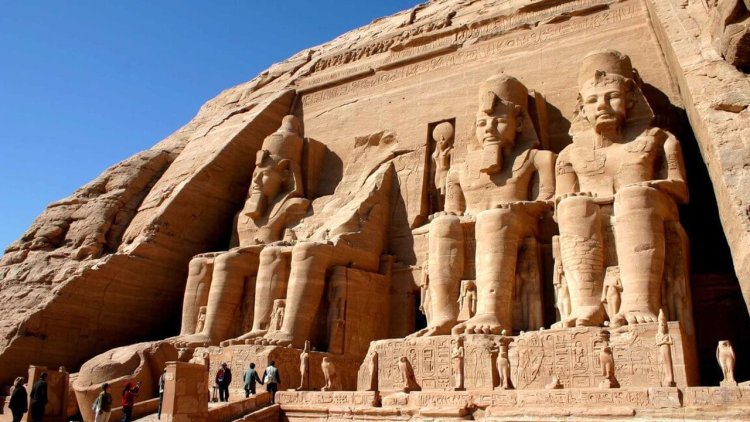
40 kilometers from the border of Egypt and Sudan, near Aswan, on the western bank of the Nile River there is a unique rock called Abu Simbel. Two huge cave temples, built during the time of Ramesses II (1260 BC), are carved into this rock. However, in the middle of the last century, these ancient temples were saved by the government together with UNESCO staff. Initially they were located on the shores of Lake Nasser, but due to the construction of the Aswan Dam they found themselves in a flood zone. Therefore, they were moved 200 meters further from the water and 65 meters higher, into the Abu Simbel rock.
The great temple of Ramesses II and the second, slightly less great temple of his wife Nefertari, were cut into huge pieces and placed in hewn holes in the rock. These temples are well preserved; inside them you can see many frescoes, ancient inscriptions and images. Upon entering the temple of Ramesses II, visitors are greeted by 20-meter statues of the pharaoh's guard and an ornament of small baboons.
Oasis Siwa
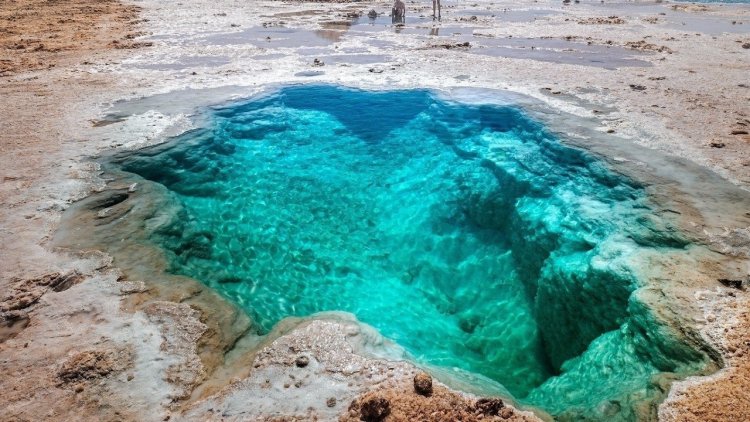
In the Siwa oasis, which is located 500 km from Cairo in the middle of the Sahara desert, you can find unique natural phenomena - salt lakes. In addition to them, you can also find clean springs, groves with date palms and olive trees. Tourists come here to enjoy the special atmosphere, get acquainted with the ancient culture and age-old traditions, since even the language used in this region is a mixture of Berber and the local dialect.
One of the striking attractions of the oasis is the Shali fortress, which attracts attention with its unusual material used in construction. Large lumps of salt, known as kershef, were mined from local salt lakes and mixed with clay and stones. From the top of the Shali fortress there is a panoramic view of the entire oasis with its fresh and salt springs, as well as traditional buildings.
In the Siwa Oasis, you can see many salt lakes of varying sizes, but they all have a similar appearance. White salt deposits surround the emerald surface of the water. One of the most popular among tourists is Lake Aghurmiya, which has a higher salt concentration than the Dead Sea. Also popular are the picturesque mineral springs of Cleopatra and the Fantas reservoir.
Untypical Cairo
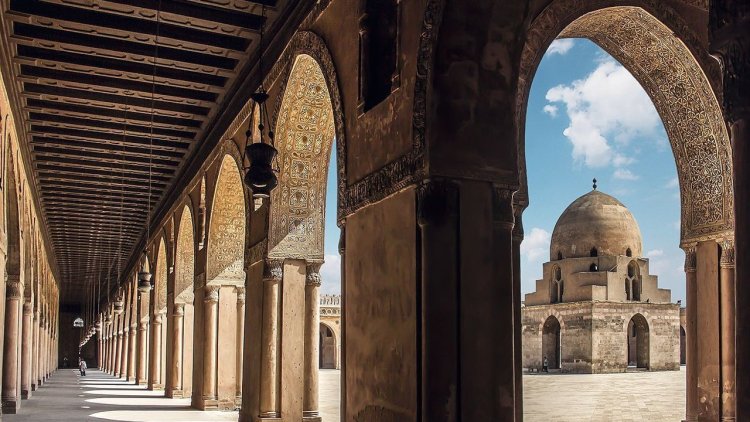
And yet, visiting Egypt is impossible without stopping in its capital, Cairo. When planning routes around Cairo, visits to the pyramids, museums and oriental bazaars are often included. However, the capital also offers a unique opportunity to get acquainted with ancient monuments of Muslim culture. For example, the Ibn Tulun Mosque, built in 879 AD, is an example of early Arab columnar architecture and is impressive in its scale. It is interesting that brick, unusual for Egypt, was used for its construction, and the decorations of the walls and arches were made in the form of patterned carvings.
Another significant religious building in Cairo is the Citadel of Salah ad-Din, where the Muhammad Ali Mosque is located. This large-scale fortress is an important site, and inside the mosque you can see luxurious interior features such as marble floors, crystal chandeliers, golden candlesticks and ancient Arabic decorations.
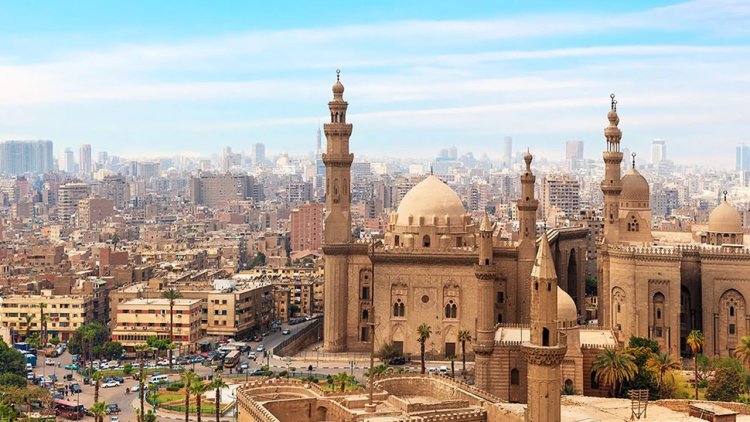
To immerse yourself in the authentic life of the Egyptians, it is recommended to visit the El Karafa quarter in the city of the dead. Dating back to the 14th century, this area is known for its medieval tombs and mausoleums surrounded by residential buildings. Here you can watch local artisans such as glass and carpet makers at work and learn more about the daily life of the area's residents.
For such a trip, which involves long journeys by personal transport or as part of tourist groups, mobile Internet is simply necessary, so before you go, do not forget to buy eSIM for Egypt from fedafone and enjoy your great trip without worries!
